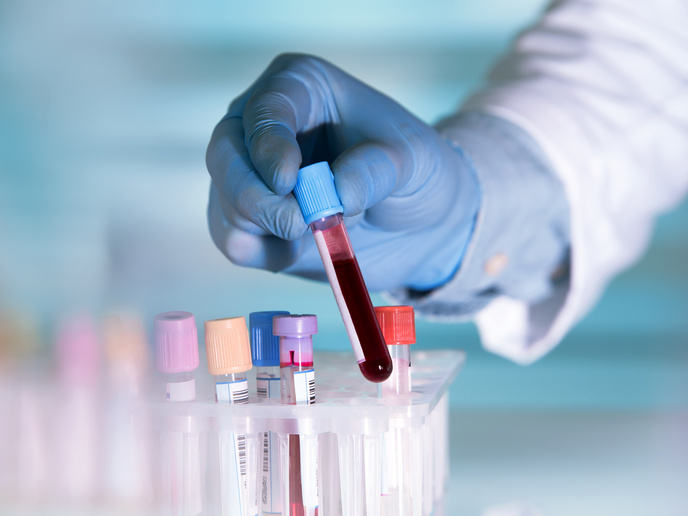Membrane protein clustering and cancer
The body uses a myriad of electrical and chemical mechanisms to carry signals within and between cells in order to ensure normal functioning. One of the most important involves membrane-bound proteins that turn extracellular messages into intracellular signal cascades. GTPases are proteins that hydrolyse guanine triphosphate (GTP) to GDP, removing a phosphate. Dysfunction of RAS GTPases is associated with severe diseases, including cancer and neurodegenerative diseases, making them important targets for therapies. The EU-funded NANODYGP (Nanoscale operation and dynamics of small GTPases - Identification of novel isoform specifying determinants) project set out to address structure-function relationships that can provide targets for therapies. Previous research suggested that formation of GTPases nanoclusters on the membrane amplifies signalling by increasing the frequency of binding events with cytosolic (intracellular) effectors. In addition, upon activation (with GDP bound instead of GTP), the GTP-binding (G) domain of the GTPase changes its orientation in the membrane and its activity by an unknown mechanism. The focus of NANODYGP was on nano-clustering in sub-families Ras and Rab, associated with cell proliferation and cell trafficking, respectively. The team demonstrated that H-Ras G-domain orientation mutants interacted differently with a nanocluster scaffold protein. This directly affected both the quantity and lifetime of nanoclusters, as shown with both mathematical modelling and quantitative fluorescence microscopic methods on intact cells. The data provide exciting support for the hypothesis that Ras mutations can affect signalling capacity through an effect on nano-clustering properties. Following up on this line of research, the team uncovered an unprecedented mechanism of action for mutations in three different Ras GTPase oncogenes (H, N and K). The mutations affected the switch III region mediating orientation and enhanced nano-clustering, promoting hyperactivation. This evidence of a potential link to abnormal cellular functions symptomatic of cancer is in press. NANODYGP has elucidated a role of nano-clustering mechanisms in Ras GTPases related to their pathophysiology in devastating diseases. The outcomes point to targeted therapies and are expected to generate great interest within the pharmaceutical and biotechnology arenas, and eventually play a fundamental role in improved clinical treatments of cancer.







